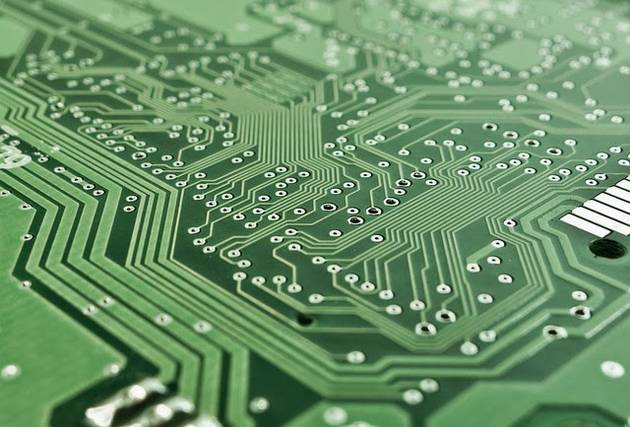SYSTEMS AND METHODS FOR HIGH-BIT RATE ITERATIVE TURBO DECODING, LOW ERROR RATE AND LOW COMPLEXITY
Description
The radio channel is a very hostile medium for mobile communications, mainly due to signal fading derived from multipath propagation and interference caused by neighboring cells. All this causes that the sequence of bits detected in the receiver contains numerous errors. In this context, turbo codes are today presented as a fundamental pillar of many mobile communication standards due to their enormous correction capacity. However, said correction capacity is associated with an enormous cost in operations that translates into: (1) a large consumption of the chip area and (2) low bit rate at the output of the turbo decoder. These problems are of great relevance today as modern mobile communication standards are demanding increasingly high binary rates that these devices can hardly support. The commonly used solution consists of dividing the input blocks to the turbo decoder into sub-blocks that are decoded at the same time by different decoders. This solution, although it allows to increase the binary regime, also increases the occupied area and the error rate due to the uncertainty that is created at the edges of the different sub-blocks.
The present invention makes it possible to overcome these problems. On the one hand, a high bit rate is obtained using a parallel version of the SOVA algorithm (soft output Viterbi algorithm). Thanks to the low complexity of this algorithm, it is possible to occupy less area of ??the chip than with other solutions based on the MAP (maximum a-posteriori) algorithm. Finally, to improve the corrective capacity while maintaining a high bit rate, a novel information exchange method between decoders is proposed that eliminates the uncertainty associated with the edges and, unlike other solutions, does not have any penalty on the bit rate.
Advantages
The present invention allows: (1) to implement high bit rate turbo decoders, which can also be modified by varying the number of parallel units; (2) obtain a low consumption in chip area as the solution is based on a low complexity algorithm, the SOVA algorithm; and (3) maintain a low error rate thanks to a proposed information exchange mechanism between parallel decoders.
Uses and Applications
Turbo codes are used in many wireless communication systems, such as modern mobile communication standards (UMTS, HSPA, LTE, WiMAX), satellite communication systems, underwater communications, unguided optical communications. etc.
Keywords
Sectors
Areas
Patent Number
ES2561935B2 Expediente
Applicants
UNIVERSIDAD DE MÁLAGA
Inventors
FRANCISCO JAVIER MARTÍN VEGA, FRANCISCO BLÁNQUEZ CASADO, FRANCISCO JAVIER LÓPEZ MARTÍNEZ, GERARDO GOMEZ PAREDES, JOSE TOMAS ENTRAMBASAGUAS MUÑOZ
Filing Date
06/11/2014
Protection Level: National (Spain)
Processing Status: Spanish patent








